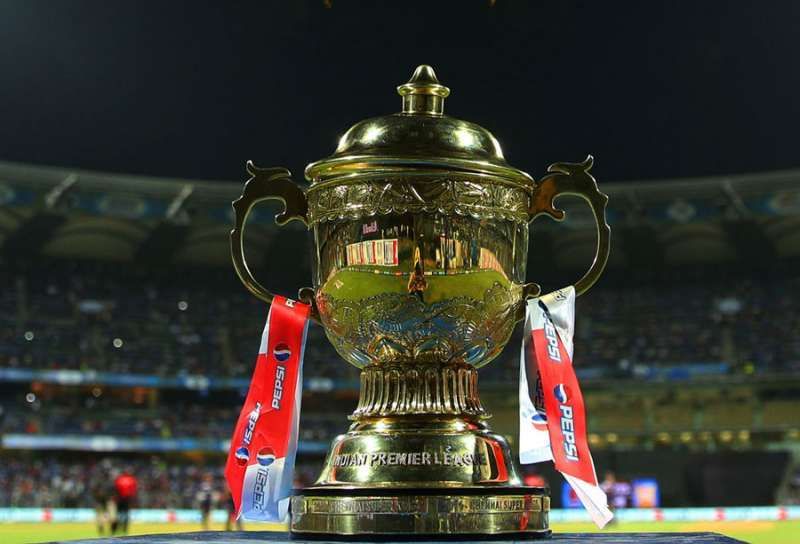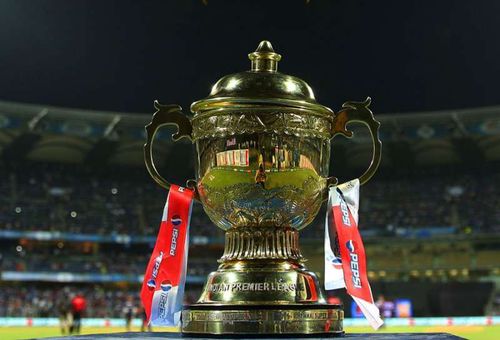
The big gets bigger: analysing the impact of Star India's IPL deal

Way back in 2008 (yes, it's been almost 10 years) a number of us were too young to witness how Indian cricket was undergoing change. A change so massive that it'd send ripples across world cricket. The IPL was being born. Money was being flushed into cricket like never before. Far from insipid administrators, cricket was now partly owned by glam and glitzy Bollywood stars and heavy-weight Indian businessmen. There was a growing audience for cricket in India and everyone wanted a piece of this colossal pie!
When Sony Pictures Network India (SPNI) and World Sports Group together bought IPL's broadcasting rights for 10 years for a little over USD 1 billion, it was a testament to how strong Indian cricket was and the kind of money this property (the IPL) was going to make for each stakeholder. Little did we know that 10 years on, for the same rights for half the period, the amounts would be through the roof.
And yet, like most things in life that you don't see coming, this one arrived and shook the game, the market. INR 16,347.50 crores, almost US $2.5 Billion for five years. Roughly half-a-billion dollars for every season. INR 54 crore for every game even before a ball is bowled! This is insane money! No one in this sport has hitherto seen this kind of money. And yet, it's right there!
Star India trumped SPNI-WSG to become the broadcasters for the golden goose that is the IPL for the cycle of 2018-2023. So, in effect, as of this moment, Star India has it all. It's the king of the jungle. The bully of the class. It has India's domestic and international cricket's broadcasting rights, it has rights for games from Australia and England, it has the Big Bash League. The IPL was a big gem missing in that otherwise opulent crown which now sits pretty. But what's ahead?
How it all unfolded
So, the bidding process started and there were rounds for individual bids. The individual bids were for segments like the Indian Subcontinent (Broadcast), Indian Subcontinent (Digital), African Region, the Middle East, Europe, Asia Pacific, and the Americas. Interestingly, Star maintained a very low-profile through these rounds and only emerged as the highest bidder for the European region.
All of this while Sony emerged as the highest bidder for the Indian Subcontinent (Broadcast) by bidding INR 11,050 crores and Facebook took everyone by surprise by outbidding all eligible bidders for Indian Subcontinent (Digital) with a colossal INR 3900 crores.
It was only in the Global Rights bidding, which is an all inclusive broadcast rights package, that Star emerged as the only bidder, outbidding the cumulative amount arrived at post the individual rounds.
If you analyse Star's strategy, it is clear that they were pretty transparent in their approach. Like the kid who only studies a part of the course and either tops the paper or fails, Star went in with an all or nothing approach. Now, this was either a gamble or Star had done their homework well in advance.
Maybe Star had an idea that Sony would go after only the Indian Subcontinent (Broadcast) rights and throw the kitchen sink at it (which they did) and not bid for other categories. In either case, the strategy worked well for Star.
Where does it leave Indian cricket's broadcasting scene?
Star's contract with the BCCI for the broadcast of India's domestic and international games ends in March next year. It'll now be interesting to see how Star approach the auction for that cycle. Do they have an appetite for more? Remember, they also have the rights for all ICC games until 2023. By virtue of them being a wholly-owned subsidiary of global giants Rupert Murdoch, they have the resources for sure.
Keep an eye out for Sony too. They now have that INR 11,050 crores they bid lying with them and a bouquet of 11 channels to feed content to. Sony are surely now looking at that cycle with a lot more enthusiasm.

What does it mean for the viewers?
At the moment, just a change in the channel you tune in to watch the IPL. But going ahead, lighter pockets too. With that kind of money poured in by the broadcaster, it'll surely have an impact on how much you pay to consume the IPL on TV as well as digitally.
Is it feasible for a broadcaster to pay that kind of money?
There are no real numbers to support or deny that claim. Sony worked really hard to make the IPL the property that it is today, and despite all those commercial ad breaks and sponsored segments, they reportedly broke even only in the seventh season. Traditionally, most broadcasters lose money in the initial few years before gradually making profits. So, whether it is feasible for Star or not will only get clearer with time. But expect Star to gradually push for a longer season (perhaps a 10 team tournament) or maybe a second season. Because a 55-day tournament clearly isn't a massive window for monetisation.
How does this deal compare with other global broadcast deals?
Quite handsome indeed. The IPL is now only behind the NFL and the EPL in cost per game paid by the broadcaster. Of course, those leagues go on throughout the year and have a longer period in which they operate, unlike the IPL which is a 60 game/55 day tournament.
So, despite all the committees, the reports, and the turmoil, the IPL brouhaha continues, and how! 10 years on, who knows where this figure will go?